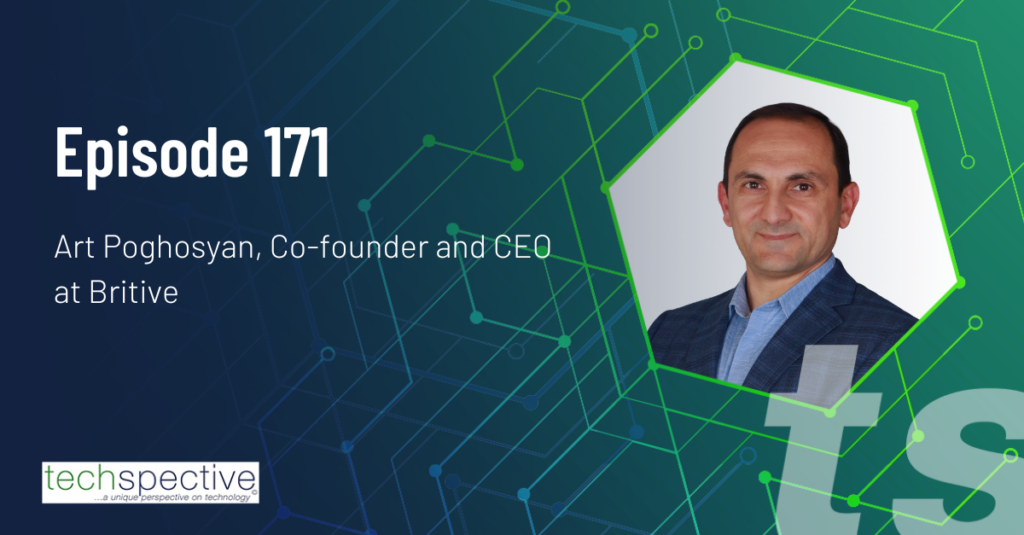One of the biggest problems companies have right now is not just finding employees to hire but ensuring their success when hired. There have been increasing problems onboarding employees that have resulted from continued low staffing levels, leaving few spare resources to train and fully onboard a new employee. This has been particularly difficult for GenZ employees, who, partially due to the pandemic, seem to have a particularly difficult time learning the ropes and understanding the differences between the rules they had during college and the new rules they have working in a company.
The employees having the most difficulty, anecdotally, appear to be GenZ employees coming directly out of school and working remotely. Onboarding is extremely difficult for them due to their lack of proximity to more seasoned employees that would otherwise be missioned to help them learn their job and place in a company.
Generative AI could be uniquely useful for this class of employees. If firms want to improve the quality of their workforce, they should prioritize the training and use of these tools to reduce employee turnover so that new employees, particularly remote GenZ employees fresh out of school, are successful. Let’s explore generative AI and onboarding this month.
Onboarding
When I first went to work for IBM, my anxiety was through the roof for the first two weeks. I’d joined the finance department during quarterly close, and someone had changed my job responsibilities from what I thought I was going to do to something else. But because the company was undergoing close, no one had the time to explain to me what I was expected to do or show me the tools I was to use to do it. I just got a quick tour, was pointed to my cubical, and was told to watch everyone else. This went on for two weeks, where I basically came in and looked very confused for eight hours until the close was done, and someone was freed up to show me the ropes. But even then, little practices seemed to drop through the cracks, and people would look at me as if I was stupid when I didn’t follow some rule that hadn’t yet been shared with me.
What made this particularly difficult is that I’d changed my focus from HR to finance to accept this job, relocated so I knew only one person in the area, and largely felt alone and in danger of being fired at any moment. That was a long two weeks. On top of everything else, if I’d been working remotely, I doubt I would have stayed with the company.
I had worked at other companies and, as a result, I didn’t need to moderate my behavior much, but I witnessed others who came right out of school and were fired for doing things they probably did regularly in school (like asking out a classmate or overdrinking after hours at a company function) that were terminating offenses. Based on the high failure rate for GenZ employees, things are significantly worse today.
Generative AI to the rescue
When properly trained, generative AI is the ideal tool to help a new employee learn the ropes. It doesn’t get tired, it has plenty of bandwidth for questions, and it can learn and convey unique aspects of the job and company on command. It can also be used to monitor employee stress or watch for inappropriate behavior either by or toward the employee because, while diversity programs force a higher level of diversity, they can trigger inappropriate racist or abusive behavior from existing workers. Being able to address such behavior quickly and effectively can go a long way toward creating a safer workplace for these new employees.
Depression, substance abuse, tendencies toward receiving or causing harassment, lack of focus, unacceptable behaviors, and mental health problems can be identified and moderated by generative AI, potentially reducing the probability of termination or hostile workplace behavior.
Focusing generative AI on onboarding and employee care and maintenance, in general, could go a long way toward optimizing productivity and reducing turnover, particularly for GenZ employees who are working remotely and lack the kind of regular oversight and engagement they need to feel part of the company and to be successful in it.
Wrapping up
Generative AI can do a lot of things. Much of the initial focus for deploying it has been to replace call center employees with this very powerful tool. However, we have a critical problem when it comes to onboarding employees, particularly those just out of school, in that they aren’t receiving the training they need to understand the differences between the businesses they join and the educational institutions they just left, let alone the host of services and capabilities to assure the productivity of the employee base.
Generative AI can help, but where it could initially do the most good is with new employee onboarding. Applied there, it should increase the success rate of new employees and help prevent premature termination or even bigger employee behavioral problems at or after work.
We continue to give lip service to the phrase “employees are our greatest asset,” so perhaps it’s time to put our money and generative AI where our mouth is.
- Intel’s Hiring of Wei-Jen Lo: A Strategic Homecoming, not a Trade Secret Heist - December 2, 2025
- The Unlikely Savior of the AI PC Ecosystem: Why the Lenovo IdeaCentre Mini x (Snapdragon) Matters - November 26, 2025
- The Trillion-Dollar Distraction: Why AMD’s IBM-Trained CEO and Quiet Execution Make It a More Valuable Long-Term Bet Than Overvalued NVIDIA - November 17, 2025




Comments are closed.